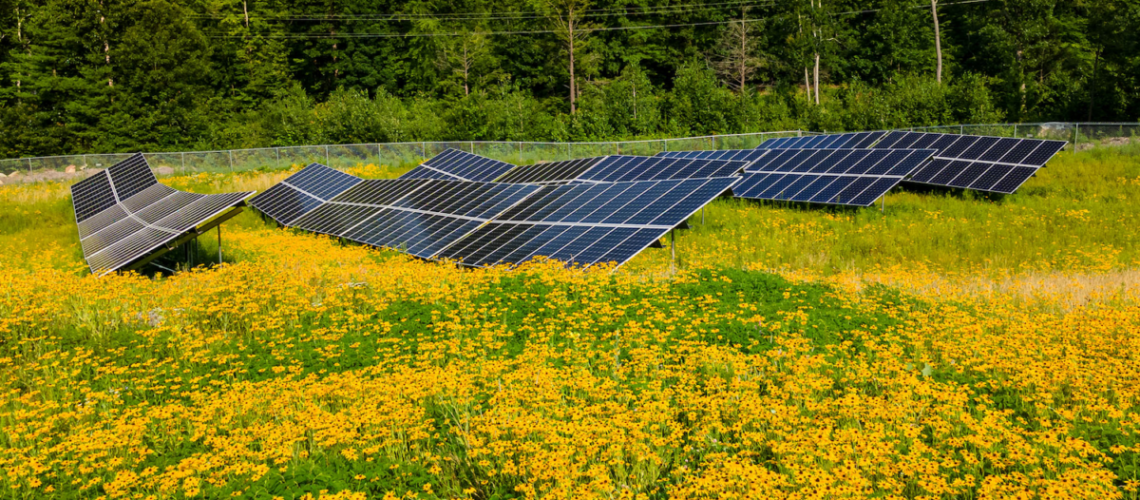Residents in eligible states can save on their electricity bills by subscribing to community solar via the Clean Energy Connector software. The Department of Energy is inviting more states to join the program, which vets solar providers and integrates consumer protections.
Low-income households are now able to save on their electricity bills by signing up for a Department of Energy (DOE) and Department of Health and Human Services community solar program. The Clean Energy Connector is a new software platform extending access to community solar subscriptions.
Community solar is an alternative to rooftop residential solar. Rather than placing solar panels on the roof, which may be inaccessible to renters, low-income customers, and roofs with excessive shading or obstructions, community solar connects ratepayers with off-site solar. Community solar customers typically subscribe to a portion of an off-site solar facility’s capacity and receive credit on their utility bills for the electricity generated by the solar facility.
The Clean Energy Connector was developed by the National Renewable Energy Laboratory (NREL). The software is expected to enable state community solar program administrators to thoroughly vet solar asset providers that must adhere to state consumer protection laws and savings requirements to participate in the platform. The Connector extends access to Low-Income Home Energy Assistance Program (LIHEAP) eligible households.
“We can’t claim to be serious about a clean energy future until it’s an option for everyone, not just those with the extra resources available to invest in technologies like solar,” said Illinois Governor JB Pritzker.
The initial phase of the federally run Clean Energy Connector program is offering subscriptions in Washington D.C., Illinois, and New Mexico. The Biden-Harris administration said this phase is expected to extend $15 million in annual savings to 40,000 households, which equates to about $31 in average monthly savings per household per month.
NREL reported that community solar has the technical potential to serve more than 53 million households and over 300,000 businesses in the U.S. that cannot access rooftop solar, representing nearly 1 terawatt of potential community solar capacity.
“Renewable energy is by far the cheapest form of power and now, thanks to innovative solutions developed under the Biden-Harris Administration, more households across America can access the health and savings that solar power provides,” said U.S. Secretary of Energy Jennifer M. Granholm.
The program is in pursuit of a federal target of enabling 5 million households to connect with community solar, leading to a targeted $1 billion in energy bill savings by 2025.
DOE stated intent to expand the Clean Energy Connector to additional states throughout 2024 and 2025. Additional pilot states must satisfy the following requirements:
- Active community solar programs with specific measures to ensure access for low- to moderate-income customers. The program design must enable minimum savings requirements for such customers and include specified consumer protections.
- New low-income community solar capacity coming online and are seeking subscribers within the next year.
- Secured support for the Connector from both the state community solar and state LIHEAP administering agencies. The agencies must agree to collaborate and commit staff resources to pilot the Connector.
DOE is holding a webinar on April 10 for states that meet the criteria above and are interested in joining the Connector program.



